Ambergris Caye’s Amazing ACES Wildlife Rescue
Ambergris Caye is SO fortunate to have a 24-hour wildlife rescue team like Chris and Christina of ACES. For almost a decade, they have been devoted to rescuing, re-homing, and, when needed, rehabilitating the American Crocodile. But with the pandemic, they have expanded their operations to all of the wildlife on the island. And this week, with family and friends in town, we visited ACES Wildlife Rescue’s fantastic and ever-growing facilities.
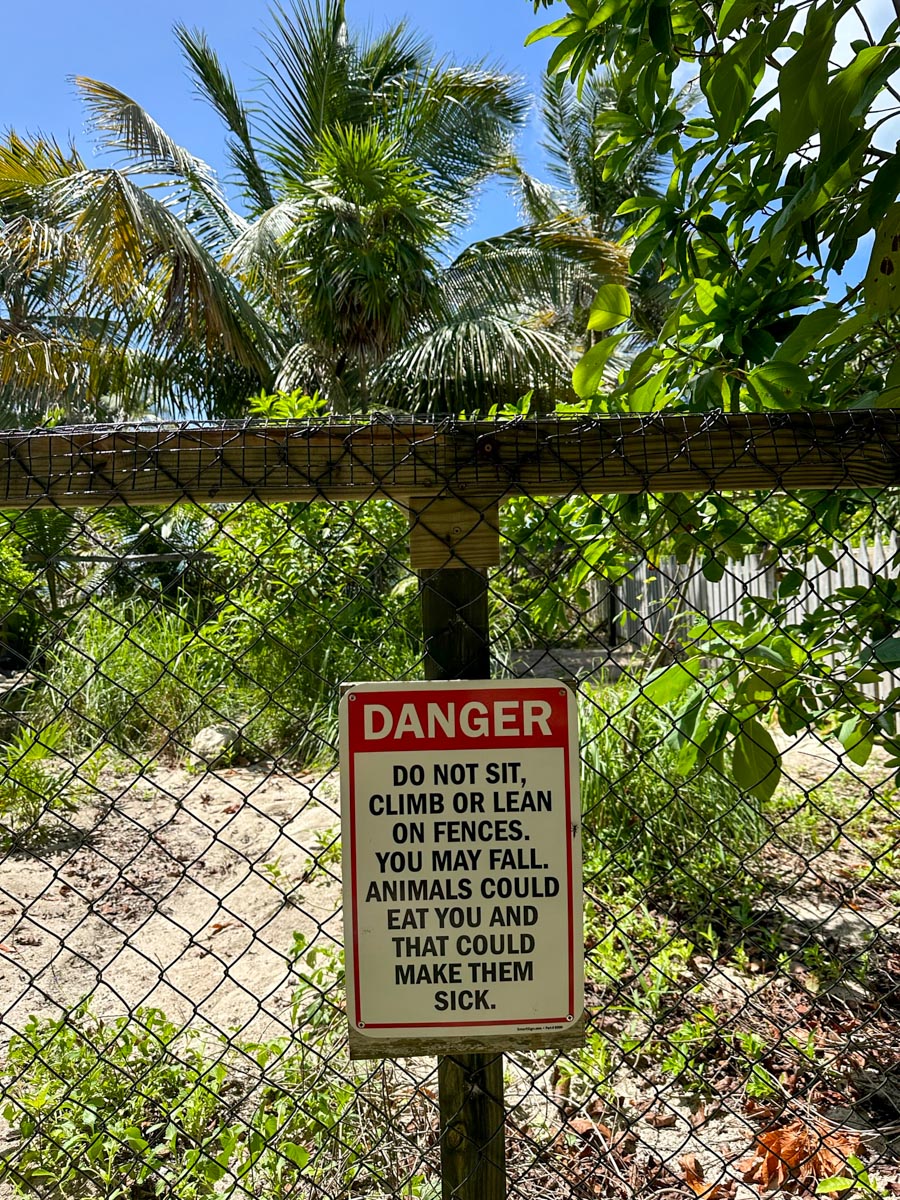
When you first visit Ambergris Caye, you might not notice the wildlife…at least not the terrestrial creatures. First, you’ll see the wish-willies – the black iguanas that sun themselves on rocks and on the beach. And you’ll probably meet the geckos – they stick to the walls inside and out and devour mosquitos and all types of insects.
Read: Bugs that Bite in Belize
But this island has a very surprising array of creatures: birds, of course, snakes, deer, anteaters, and even elusive big cats. And when a pelican has a hook in her mouth or a fish carcass stuck in his throat – or a crocodile is in a neighborhood too close to pets and animals (perhaps lured there by illegal feeding); these animals need assistance. And that is where Chris, Christina, and their team come in… (you can watch the video below to see how you capture and move an 8-foot crocodile)
Chris’ family has been on the island for decades – his great-grandparents, Peggy and Peter Hancock, brought their family down to Belize (British Honduras) in the 1950s. The Hancocks bought the Buena Vista cocal (or “coconut plantation”) and the ACES Sanctuary is on a portion of that land today. It’s a gorgeous property about 1.5 miles north of the San Pedro bridge.
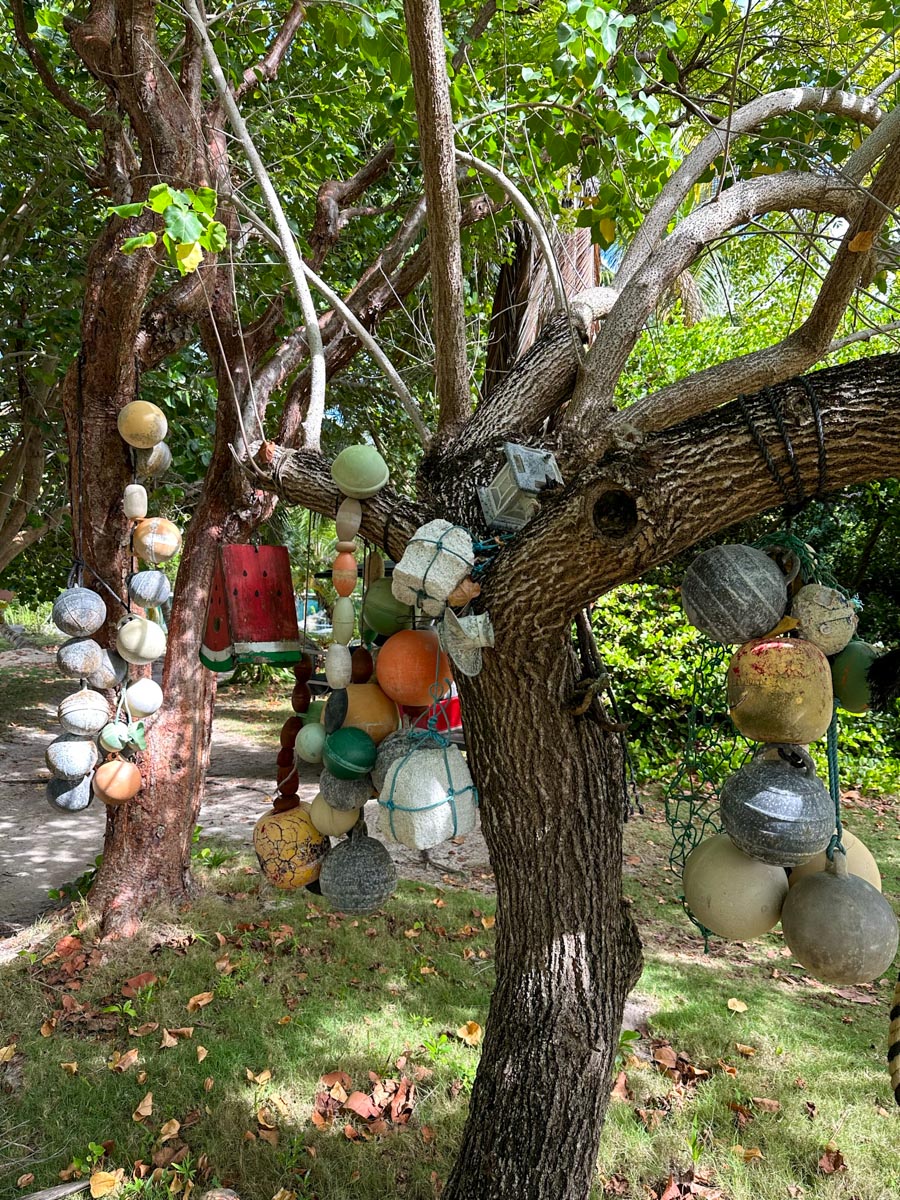
His partner Christina came down as part of the Skydiving Belize team…and met Chris. And the crocodiles of Ambergris Caye.
You can contact ACES thru their website or Facebook page (they post great information) and make an appointment to take a personalized tour.
Here’s Chris with his perfect English-American-Belizean sounds almost Australian, classic-crocodile-rescuer accent.
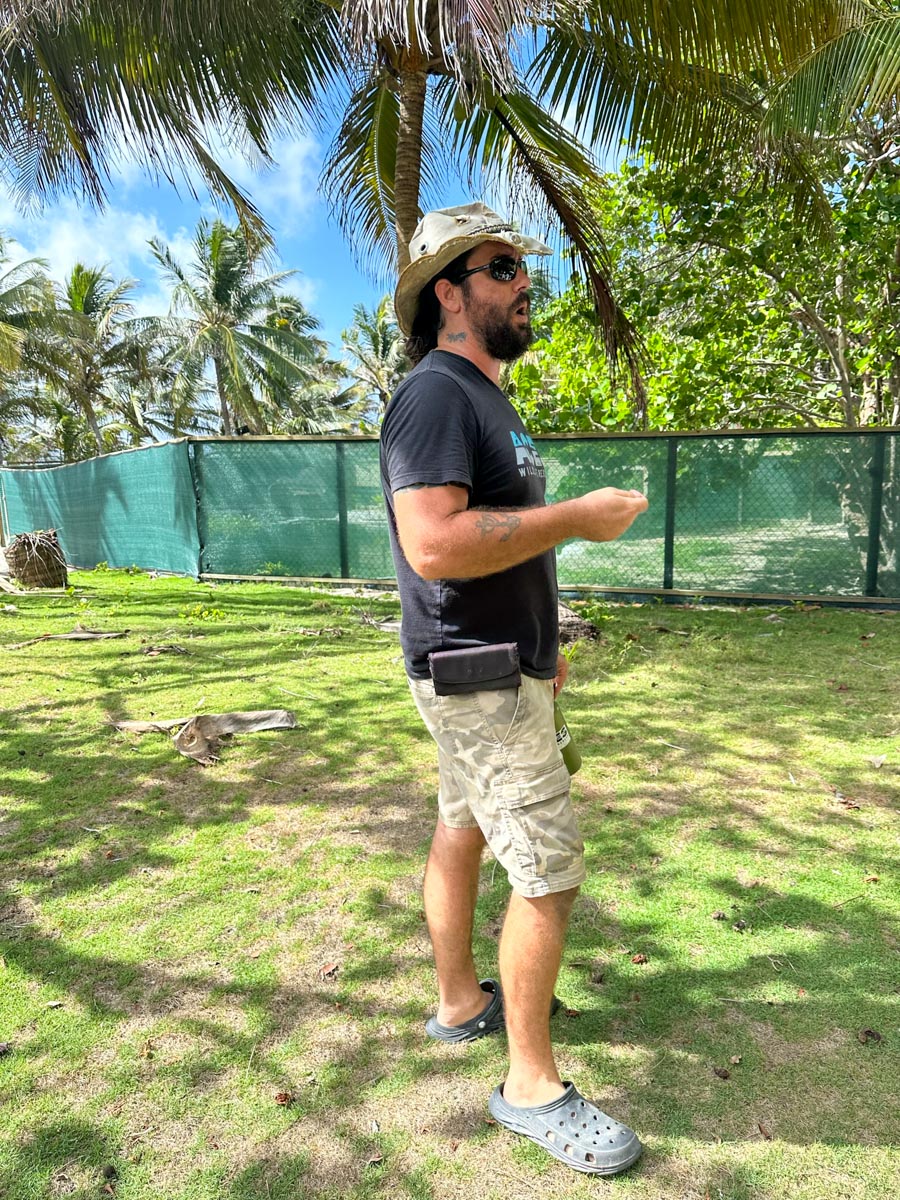
Spoiler alert: We were 7. 5 middle-aged adults, two young adults – 17 and 20. And we loved it.
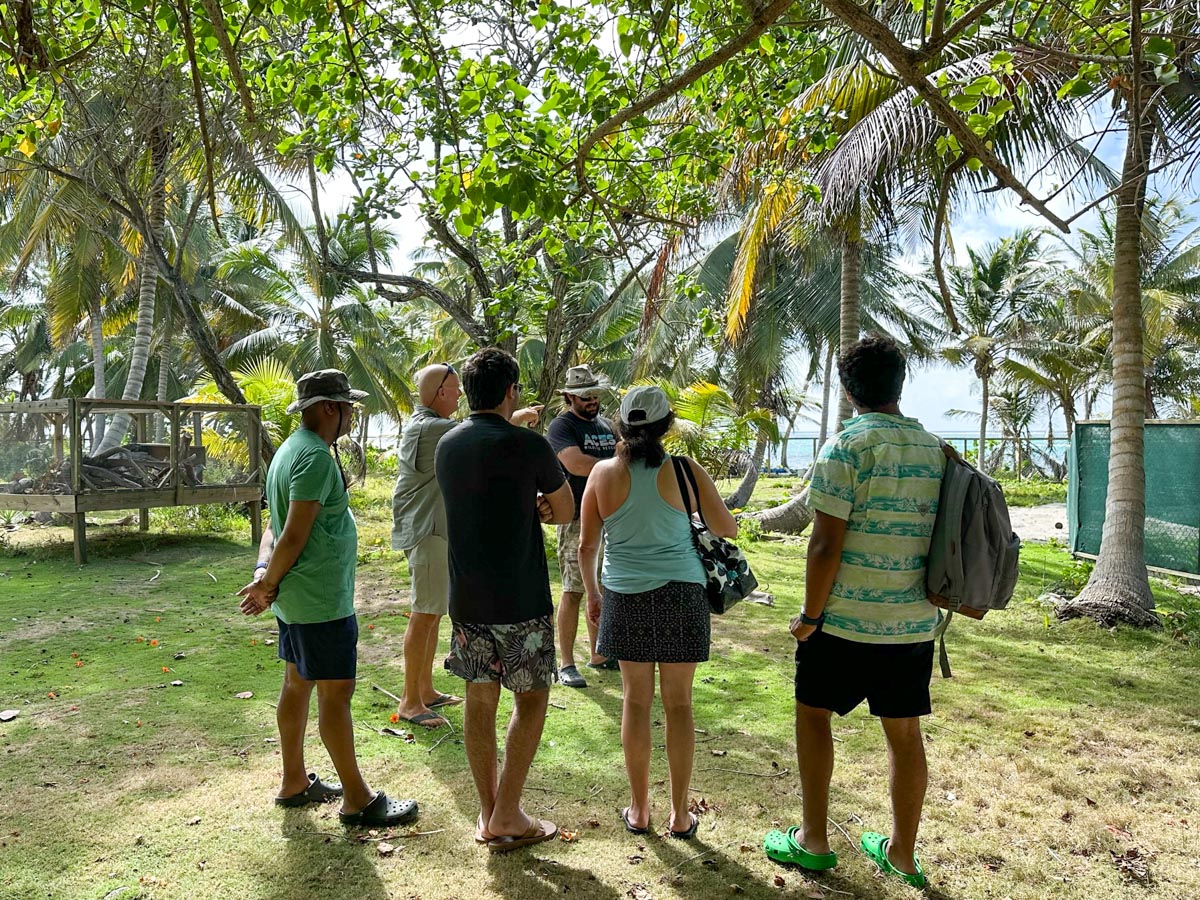
There are rescued ducks and rabbits and quite a few birds…we met Wobbles the flightless osprey.
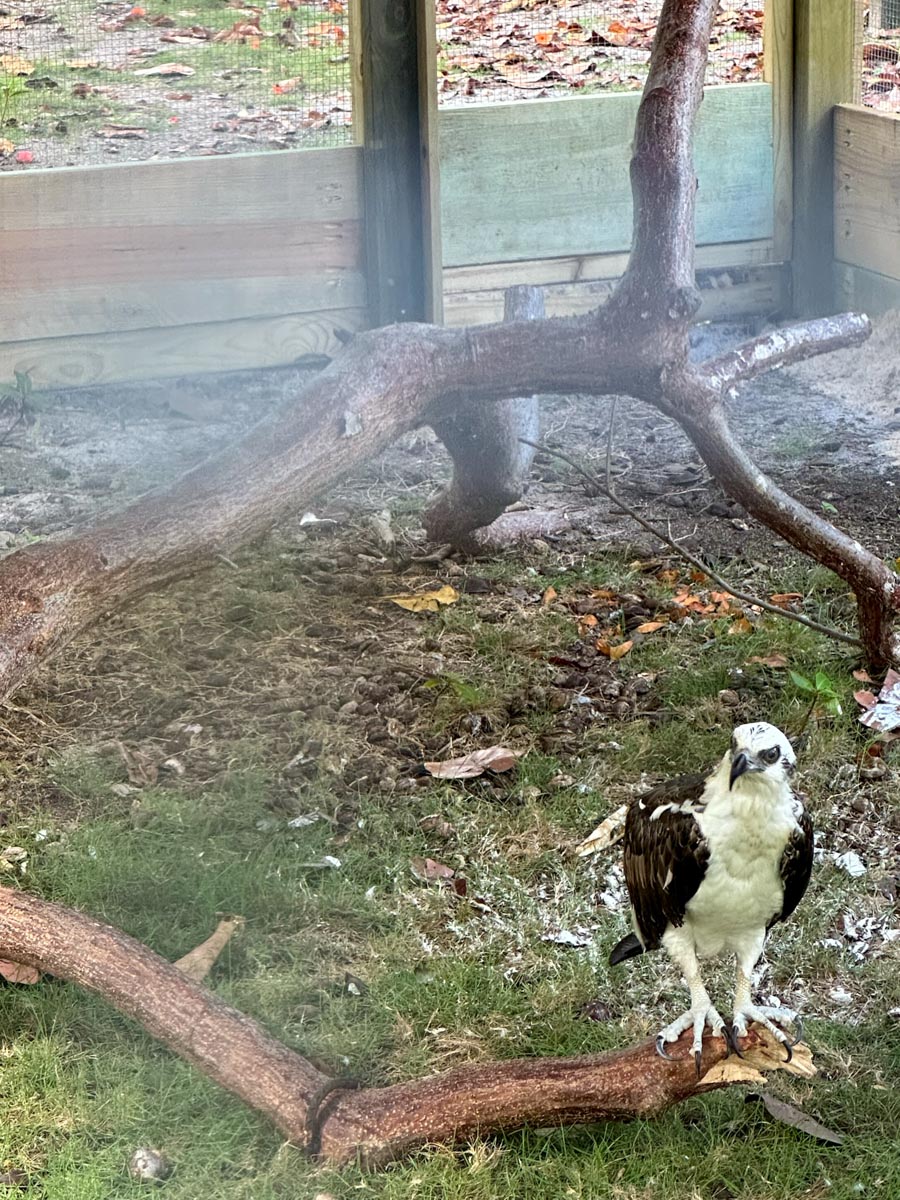
Did you know that some osprey are here year-round and some migrate? I did not. Look for osprey diving into the water feet first or while you are driving/walking on the road. They are often feasting on a fish atop a telephone pole. Also, if you are refilling your golf cart at the gas station in San Pedro, look for the osprey nest up on a tall pole.
Osprey ONLY eat fresh fish. And the bigger the better.
Next, we saw the budgies. These parakeets are common all over the world as pets but their species is native to Australia. Chris and Christina rescued a few escapees and now use them for educational purposes. If you are going to get a pet bird, these are the type to get.
Did you know that they can not last more than a few days in the wild? Even in Belize. I did not 🙂
The poached/smuggled/kidnapped parrot trade in Belize is very much alive. And very much illegal. (See my post on the Belize Bird Rescue on the Mainland: If you love parrots, set them Free. ACES works in conjunction with this mainland group)
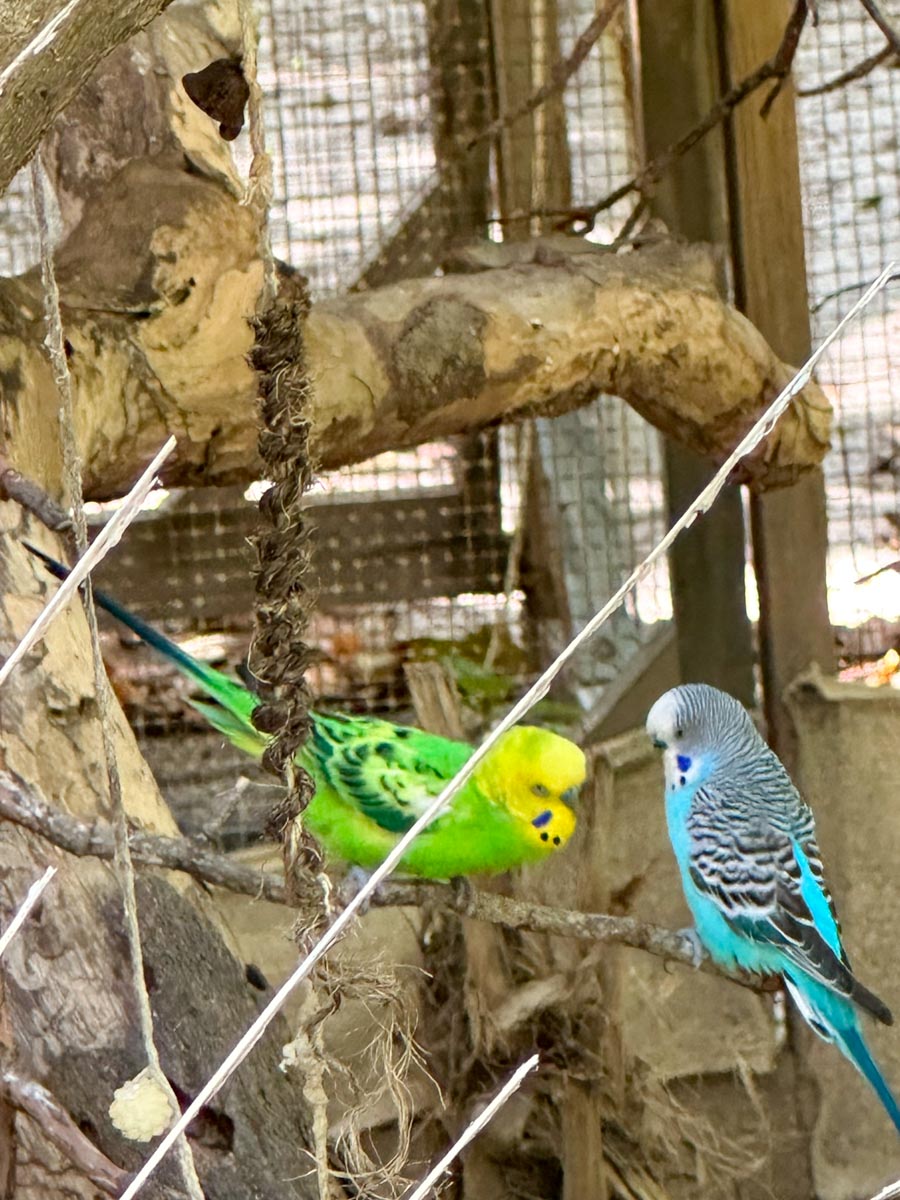
Mintie the 3 legged green iguana lives in harmony with the parakeets in their large wooded enclosure. (The parakeets are thankful that green iguanas only eat veg)
All the animals have such great habitats to enjoy and keep them safe.
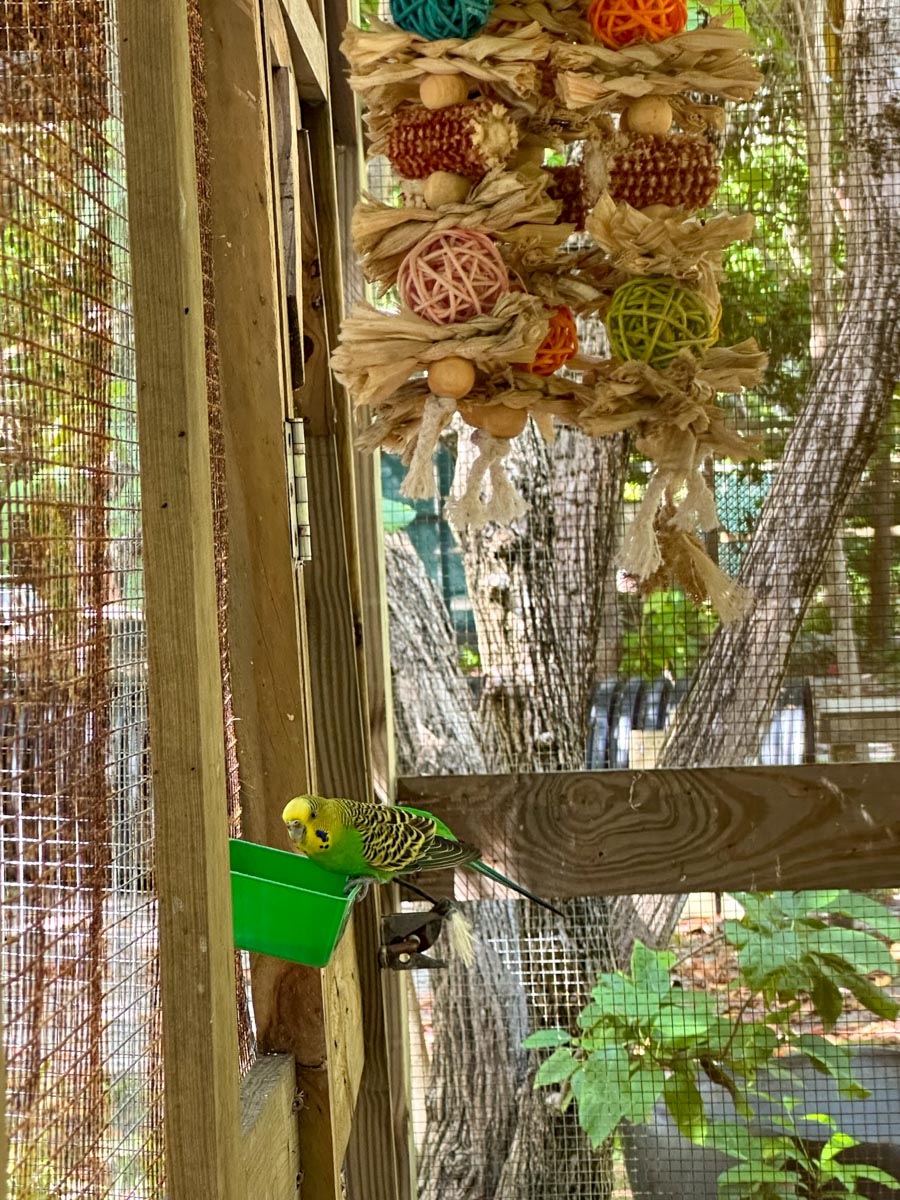
We met Webley – named after a British arms/guns manufacturer. Webley, a green iguana, came to ACES after being shot with a pellet gun. He had pellets in his brain and after his surgery, they found out he was blind.
You might notice that he is very dark green – almost black. That’s because green iguanas camouflage to blend with their surroundings – to match what they see. And Webley only sees darkness.
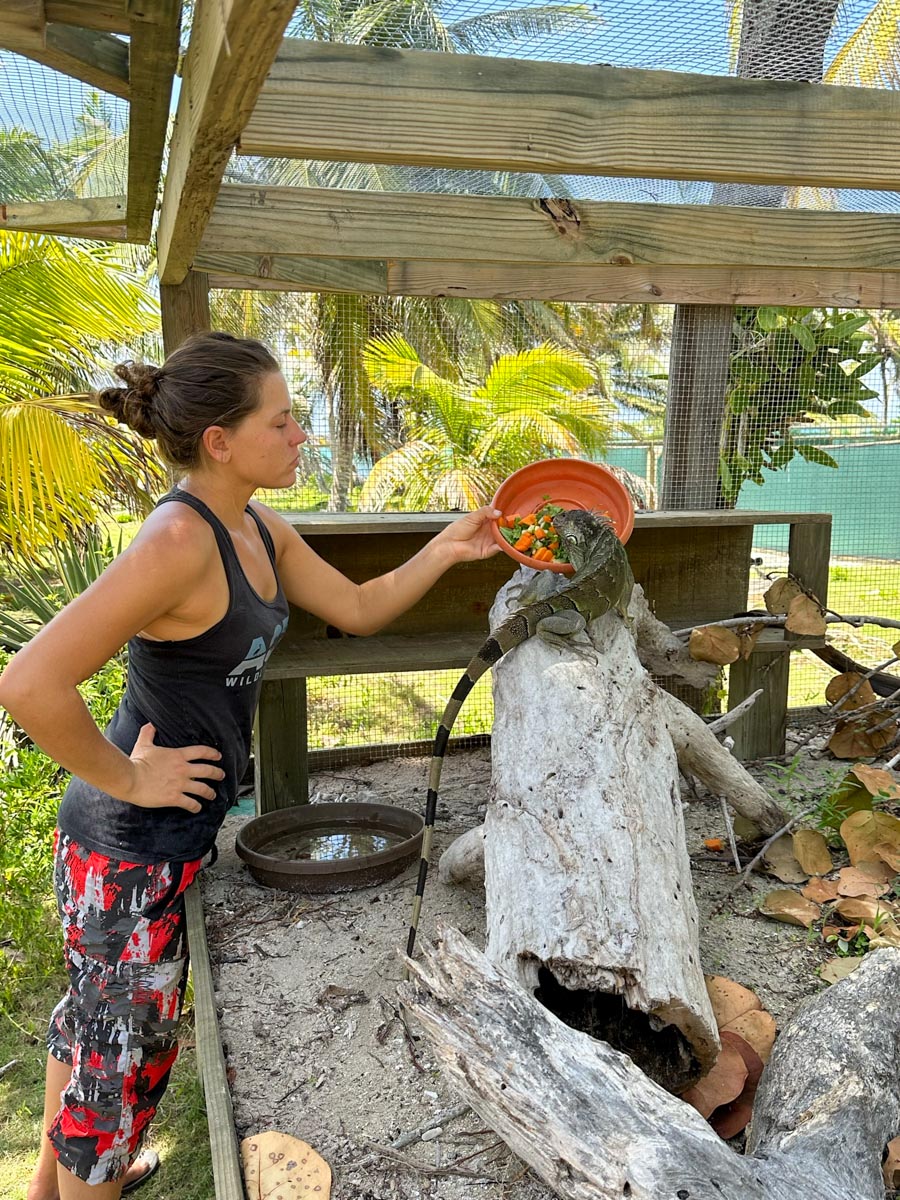
(Yes…that is the saddest reptile sentence ever uttered but…BUT…Webley is alive and kept safe in his smaller enclosure and hand-fed fruits and lettuces and then he gets a massage from Christina. It’s SUCH a good happy ending for this happy guy)
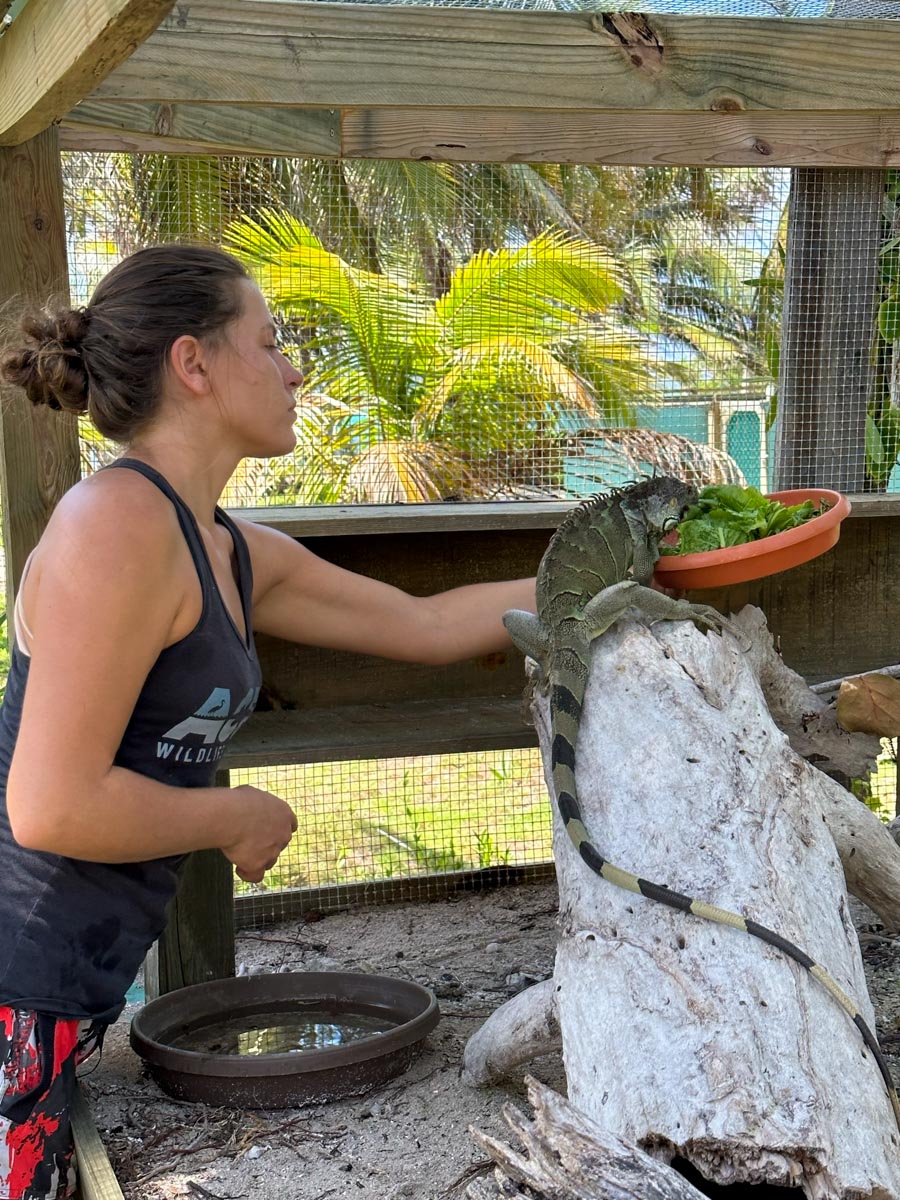
We met the terrestrial turtles who are rarely seen except when it rains. On a wet day, you just might see one crossing the road (I’ve only seen it a handful of times in my 16 years on the island).
Do not put them in the sea or the lagoon…if you can, just move them out of the road and let them keep moving…
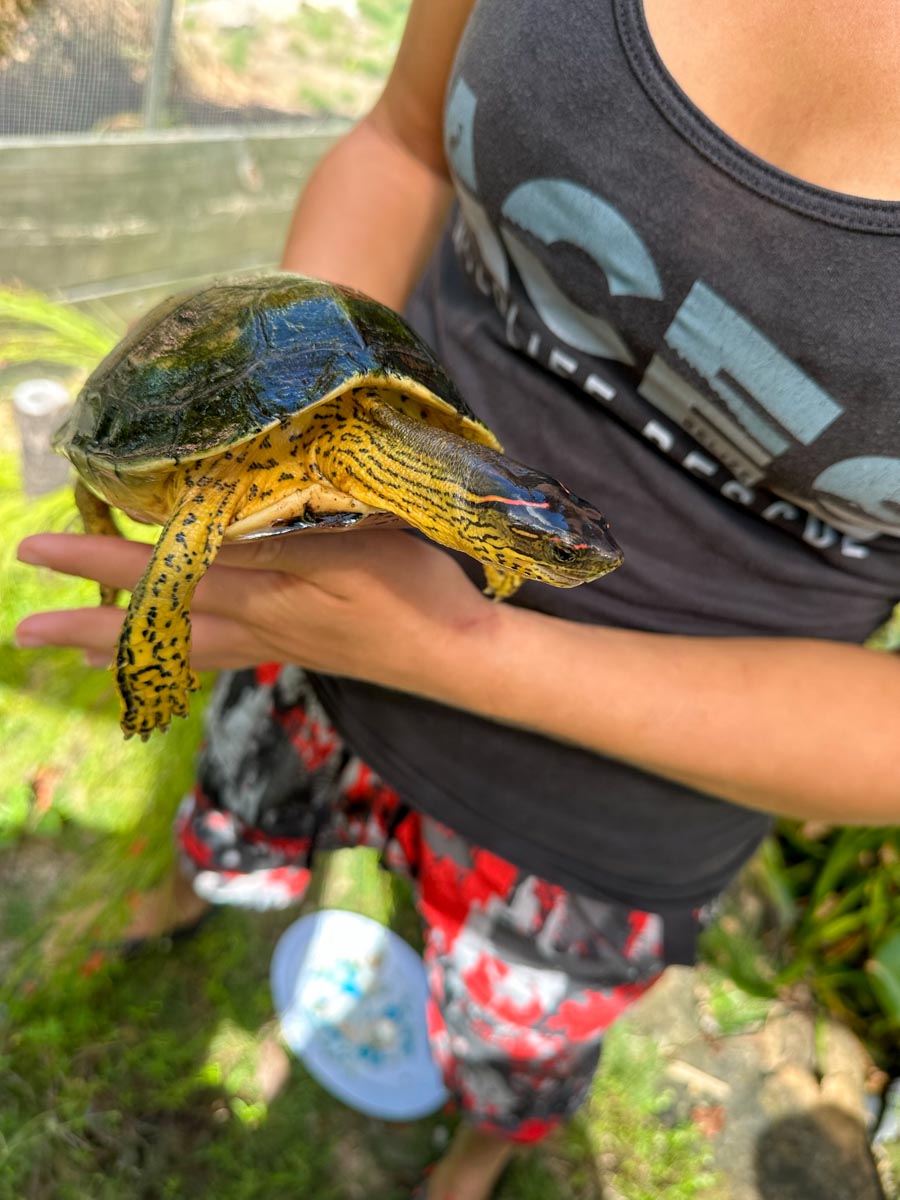
And then the crocodiles. They come in all sizes and even the smallest ones move with incredible bursts of speed and have incredibly sharp teeth. Do not ever ever ever mess with, feed, annoy…let’s leave crocs alone on this island. Getting comfortable around humans makes life difficult for all of us.
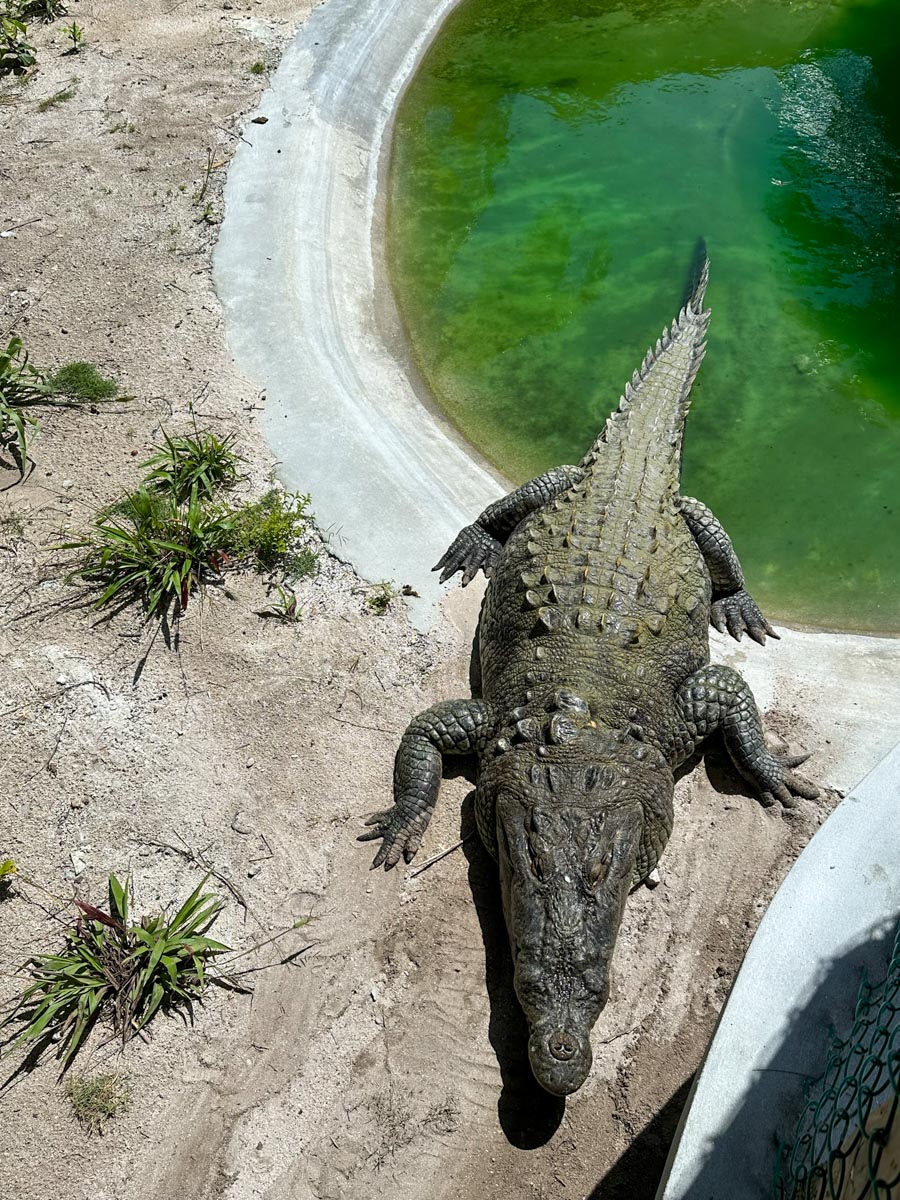
Phineas, the 11.5 foot croc, has lived with ACES for a few years. He was seriously hurt by humans – I will not go into details. But thru donations and grants, Chris and Christina have built him his forever home and this HUGE crocodile comes to visit when called by the team…and it’s pretty amazing.
And easy to see why we need to let American crocodiles do their thing while we do ours…and hope that never the two shall meet.
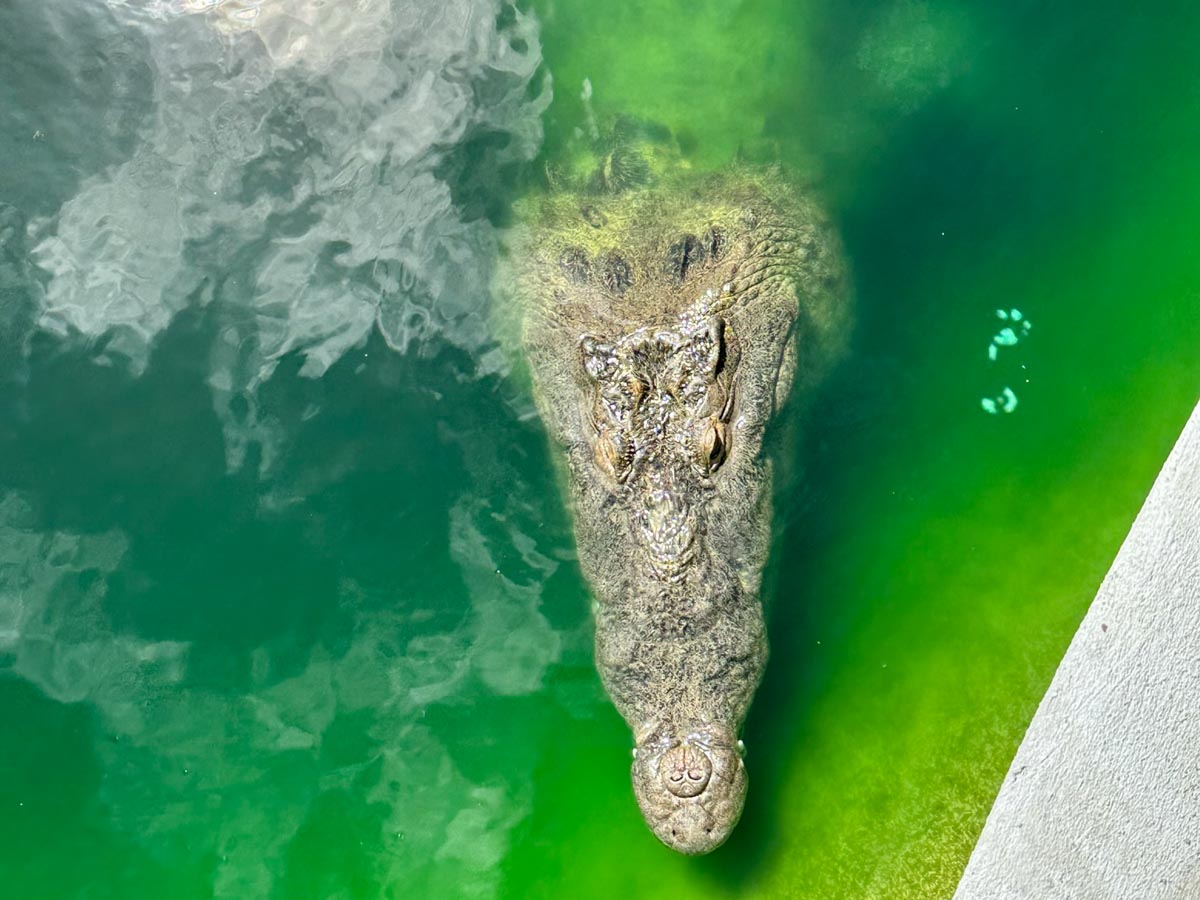
It’s a fantastic tour and both Chris and Christina are so knowledgable, fantastic teachers, incredibly big-hearted and hard-working. This entire operation – the responds to your call day and night – runs on donations.
Make a donation! Or buy some of their fabulous merchandise.
In fact, there is a fundraising raffle ending TODAY – where you can help two great island charities (ACES is one) and perhaps win some money. You can find out more on their Facebook page – the drawing is tonight at the Lobster Festival event at The Truck Stop.
Thank you both for your incredible work – for providing these long-term animals with an incredible sanctuary – and for the educational work you do for our entire island.
Check out this video – made a few years ago – about ACES and how they capture & release an Amercian Crocodile.
Posted in:
Fabulous. I’ve heard you talk about Ace’s before, but had no idea….
They do SO much good.
These people are amazing! Thank you for spreading the word on their wonderful care of these animals.